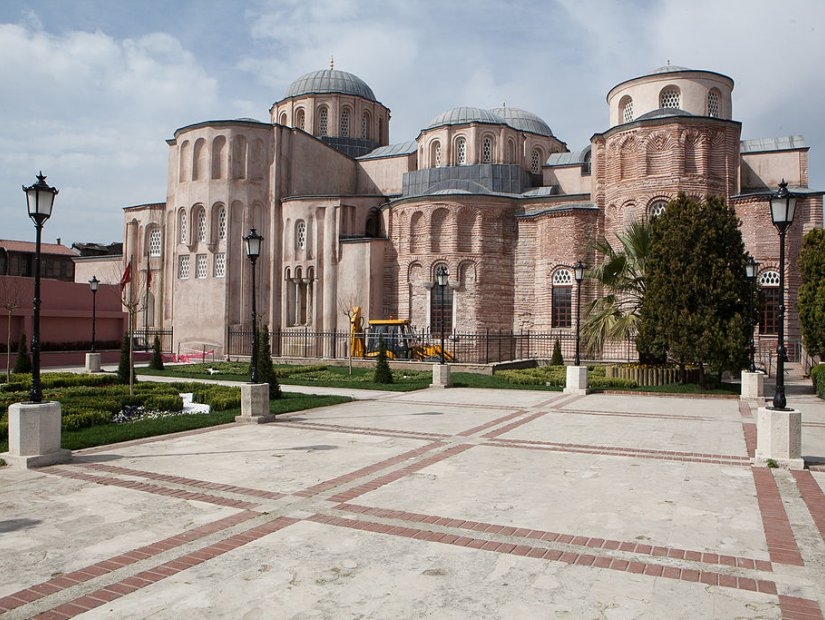Blog
Zeyrek Mosque
Zeyrek Mosque
With its unique history and beauty, Zeyrek Mosque is among the great mosques of Istanbul. The mosque is in the Fatih District of Istanbul, at a point overlooking the Golden Horn. Formerly known as the Monastery of the Pantocrator, Zeyrek Mosque was built between 1118 and 1136 AD. It is a place of worship formed by combining three different structures. It is the second-largest church after Hagia Sophia among the remaining churches from Byzantium.
The building is used as a mosque today. It was built by order of Eirene, wife of John II Komnenos and its construction was completed in 1136. The monastery had a well-organized hospital with fifty beds and five sections, a library, a dormitory for the elderly, a medical school, a pharmacy, and a holy spring. The architect of the building, the emperor and empress, and later many members of Komnenos and Palaiologos dynasties were buried here. The monastery, which was one of the most respected structures of the city during the Byzantine period, was used by Venetian Catholic clergy during the Latin occupation. The buildings' rich church items, some holy relics of the Christian saints, and even the building materials were taken to different European cities, especially Venice. After the conquest of Istanbul, the monastery was turned into a madrasa and the church into a mosque by Mehmed the Conqueror. It took the name Zeyrek Mosque because of the madrasa's first scholar, Molla Zeyrek Mehmed Efendi. After the students moved to the madrasa in the Fatih Complex, Zeyrek Madrasa became Zeyrek Mosque. All three churches inside the building were opened to Muslims. The mosque was severely damaged at the end of the 18th century. It remained in ruins for many years and was largely restored in 1966. Zeyrek Mosque was included in the UNESCO World Heritage list in 1986.
The building consists of three separate buildings adjacent to each other. It was built of brick and covered with five domes. It has a single balcony minaret. The floor coverings unearthed during the restoration work are rare examples from that period to the present day.
Only the southern part of the mosque is used as a place of worship nowadays. Right next to the mosque, there are restaurants where visitors can have a good time.


